
Lot 74
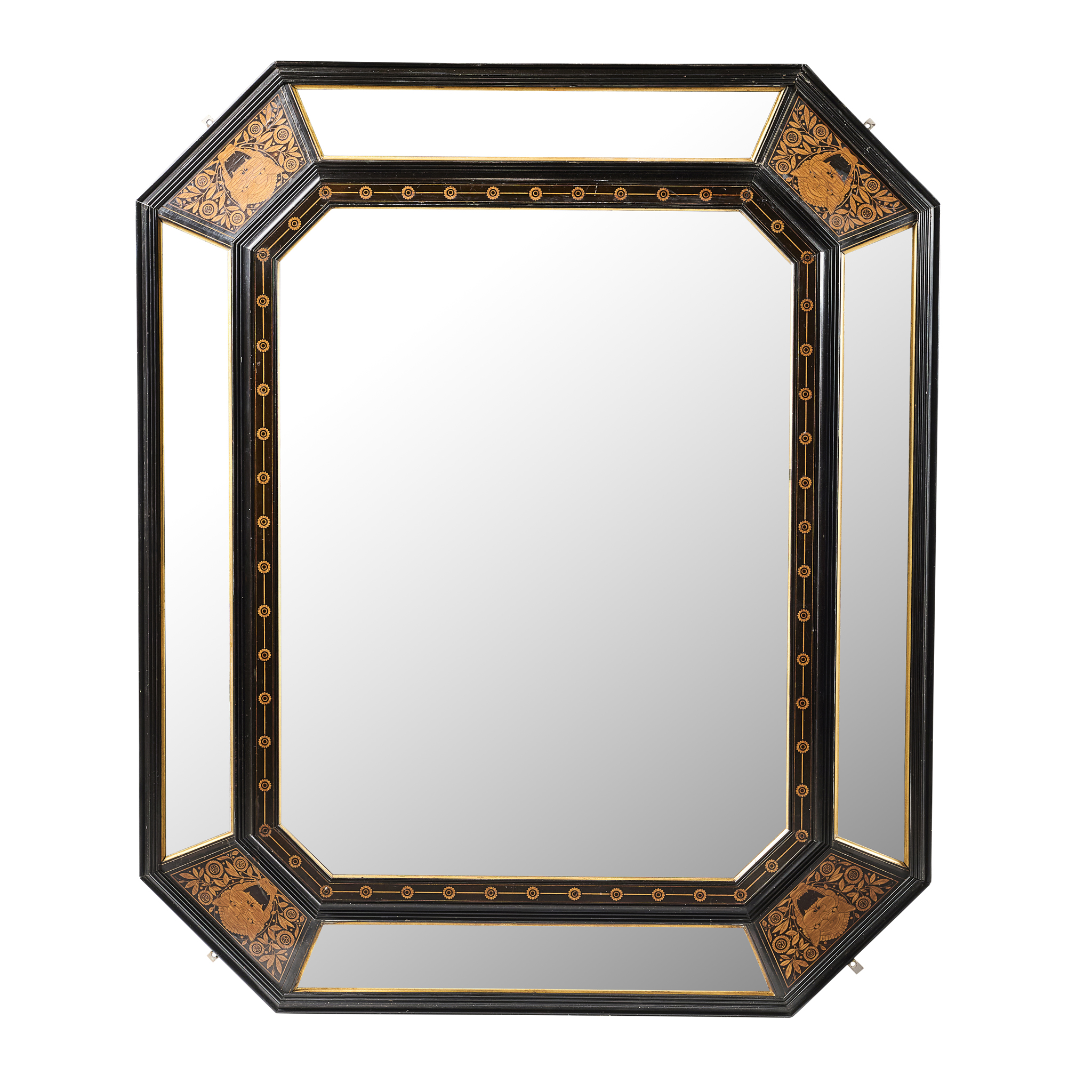
HERTER BROTHERS, NEW YORK
FINE AESTHETIC MOVEMENT WALL MIRROR, CIRCA 1880
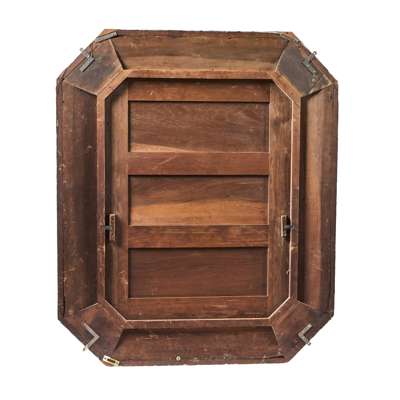
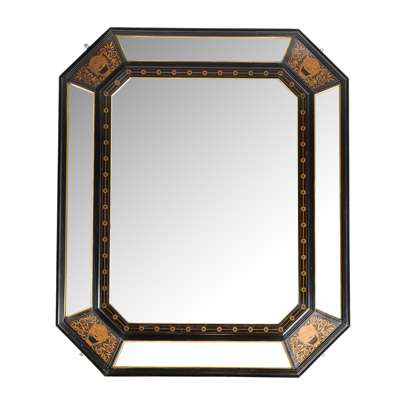


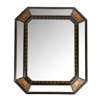
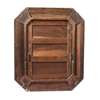
Auction: Day One | Lots 1 to 252 | Wednesday 16th April from 10am
Description
ebonised wood, with marquetry inlay and gilt embellishments, bevelled mirror plates
Dimensions
154cm x 128.8cm
Footnote
Literature: Howe K.S. et al Herter Brothers: Furniture and interiors for a gilded age, Harry N. Abrams in association with the Museum of Fine Arts, Houston, 1994, pp. 234-5.
A mirror of similar design was probably made for the John Sloane residence in New York City circa 1882 where the firm were employed to decorate and furnish the library and parlour of the new home of John Sloane (1834-1905) at 997 Fifth Avenue. Some of the woodwork, furniture and decorative objects from this scheme are held at the Brooklyn Museum. See Stair, New York Americana at Stair, Thursday August 5th 2021, lot 289 where the mirror is marked ‘Mr Sloan’ verso.
The Herter Brothers, established by German immigrants Gustave and Christian Herter, were among the most distinguished cabinetmakers and interior designers in New York City during the last quarter of the 19th century. Renowned for their exceptional craftsmanship and sophisticated aesthetic, the firm catered to an elite clientele, including figures such as William H. Vanderbilt and J. Pierpont Morgan. This mirror, dating to approximately 1880, exemplifies the Herter Brothers' mastery of high Aesthetic Movement design. The striking golden marquetry set against a polished black surface reflects the strong influence of Eastern lacquerware, which was a defining characteristic of the Anglo-Japanese style that gained popularity during this period. Additionally, the mirror’s structure pays homage to the eclecticism of late 19th-century design by incorporating the traditional 17th-century cushion-framed mirror form. Constructed in a refined reform style, the piece is further embellished with symmetrical, stylized floral and animal motifs that draw inspiration from Near Eastern decorative arts. This synthesis of historical references, global influences, and meticulous craftsmanship aligns with the core principles of the Aesthetic Movement, which emphasized beauty and artistic expression over purely functional design.





